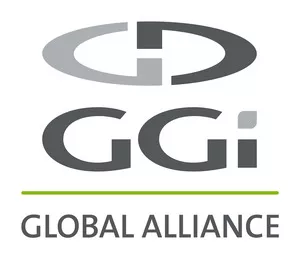Why are physicians selling their practices?
The healthcare services landscape in the United States is rapidly evolving, and new challenges are placing pressure on independent practice groups to seek alternatives for long-term success. While private practices are familiar with the more macro factors, lowering reimbursement rates and industry consolidation have become prevalent over the past decade, resulting in strain on the private practice model.
To combat this, many groups are turning towards strategic partnerships (whether it be with private equity (PE), strategic aggregators, or health systems) to foster sustainable futures. Every physician group is different, and it is important to weigh all factors when deciding which model most closely aligns with each group's goals.
Pros and cons of partnership models
Private equity – high risk, high reward:
While PE has historically come under scrutiny for its involvement in healthcare services, investors have learned through trials and tribulations that the biggest asset in physician practice deals are the physicians themselves and the delivery of high-quality clinical care. With this, PE generally leaves the physicians with full clinical autonomy, and more so focuses on driving business-related decisions.
Pros:
- High degree of physician autonomy;
- Nimbleness in decision making and resources for growth;
- Liquidity and high financial upside (physician rollover equity is valuable).
Cons:
- Trade-off a fraction of compensation in exchange for up-front consideration ("scrape");
- Investors on the board of the platform will have influence in decision making;
- High risk with uncertainty of the next partnership after the sale.
Strategic aggregator – medium risk, medium reward:
Another unique partnership model is with strategic aggregators, particularly those investing in surgical facilities. This model bridges the gap between traditional PE and health systems. From a financial perspective, it is similar to PE but comes with a network of facilities that may deliver the resources and negotiating power closer to that of a health system.
Pros:
- Long-term partnership delivers physicians comfortability in who they will be partnered with;
- Preexisting infrastructure can be leveraged to derive operational and financial synergies;
- Creative structuring can ensure physicians still have equity ownership.
Cons:
- Partial loss of clinical autonomy;
- Potential misalignment of core focuses;
- Semi-limited financial upside (no "second bite" transaction).
Hospital-employed – low risk, low reward:
The hospital-employed model is one that is most contemplated by physicians, whether it be out of medical school or after having an established practice. Health systems often demonstrate a strong referral network and high reimbursement rates, fostering comfortability for physicians wishing to avoid the stressors affiliated with other models.
Pros:
- Stable earnings;
- Ability to leverage health network infrastructure and referral bases;
- Removal of any business risk.
Cons:
- Loss of autonomy;
- Slower decision-making (hospitals often move "slower" with change);
- Limited financial upside.
Factors influencing the decision of who to partner with
As private practices decide with whom to enter a strategic partnership, consider these factors:
- Financial: Overall valuation and terms of the initial deal; go-forward compensation; future equity upside.
- Operational: Ability to leverage existing infrastructure; recruiting capabilities; payor contracting.
- Cultural: The handling of younger physicians vs. senior physicians; nearby partnerships geographically; alignment of goals.
The lesson
Physician practice consolidation is here to stay and will continue to accelerate. It's important for those running private practices to be open-minded and aware of the factors influencing physician practice exits, so, in the event these discussions arise, they are well-equipped with the knowledge to make sure the decision they make is the "right" one. There's no single model that fits every situation, and there's a track record of both success and failure amongst them all.
The content of this article is intended to provide a general guide to the subject matter. Specialist advice should be sought about your specific circumstances.



